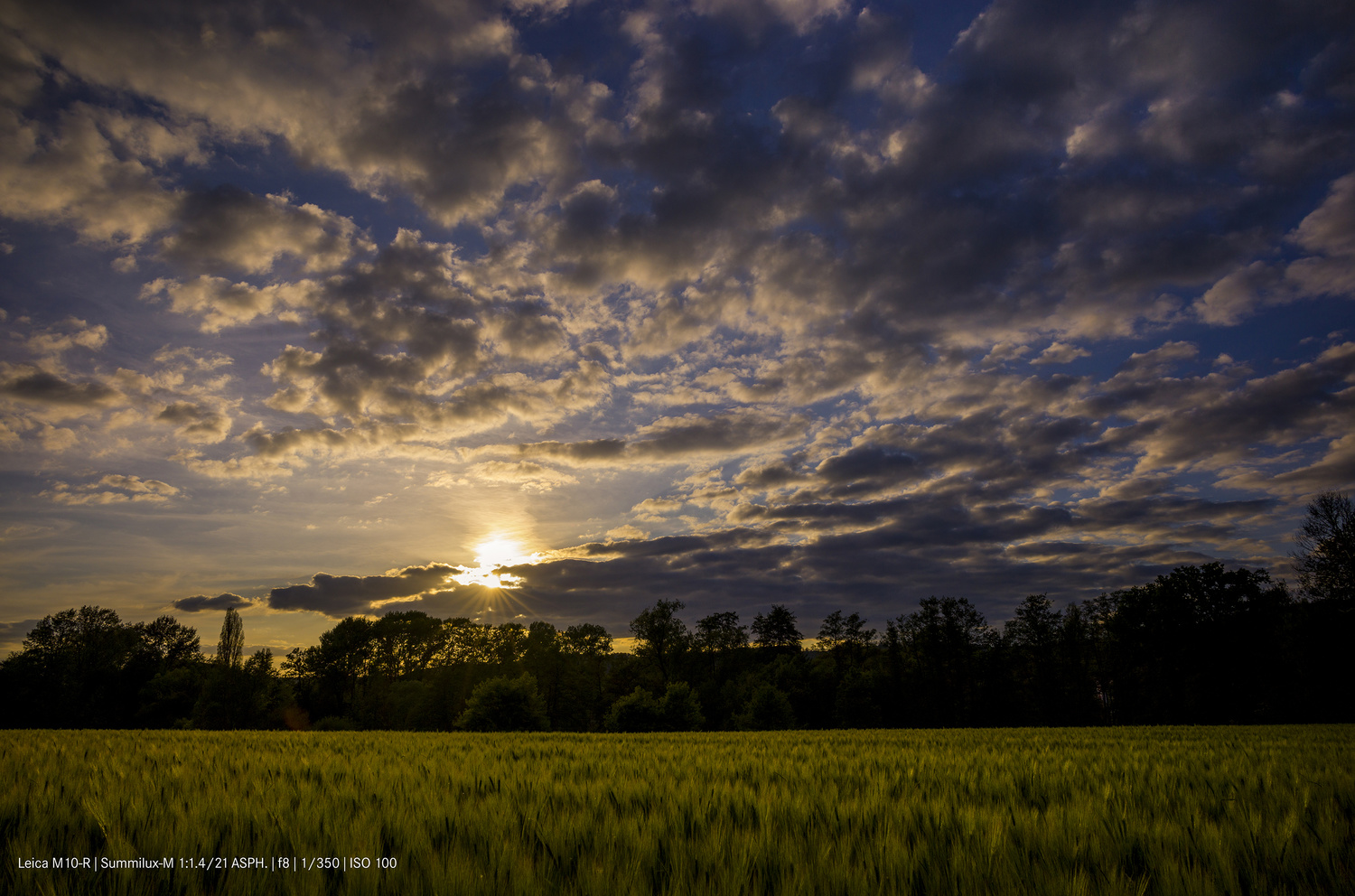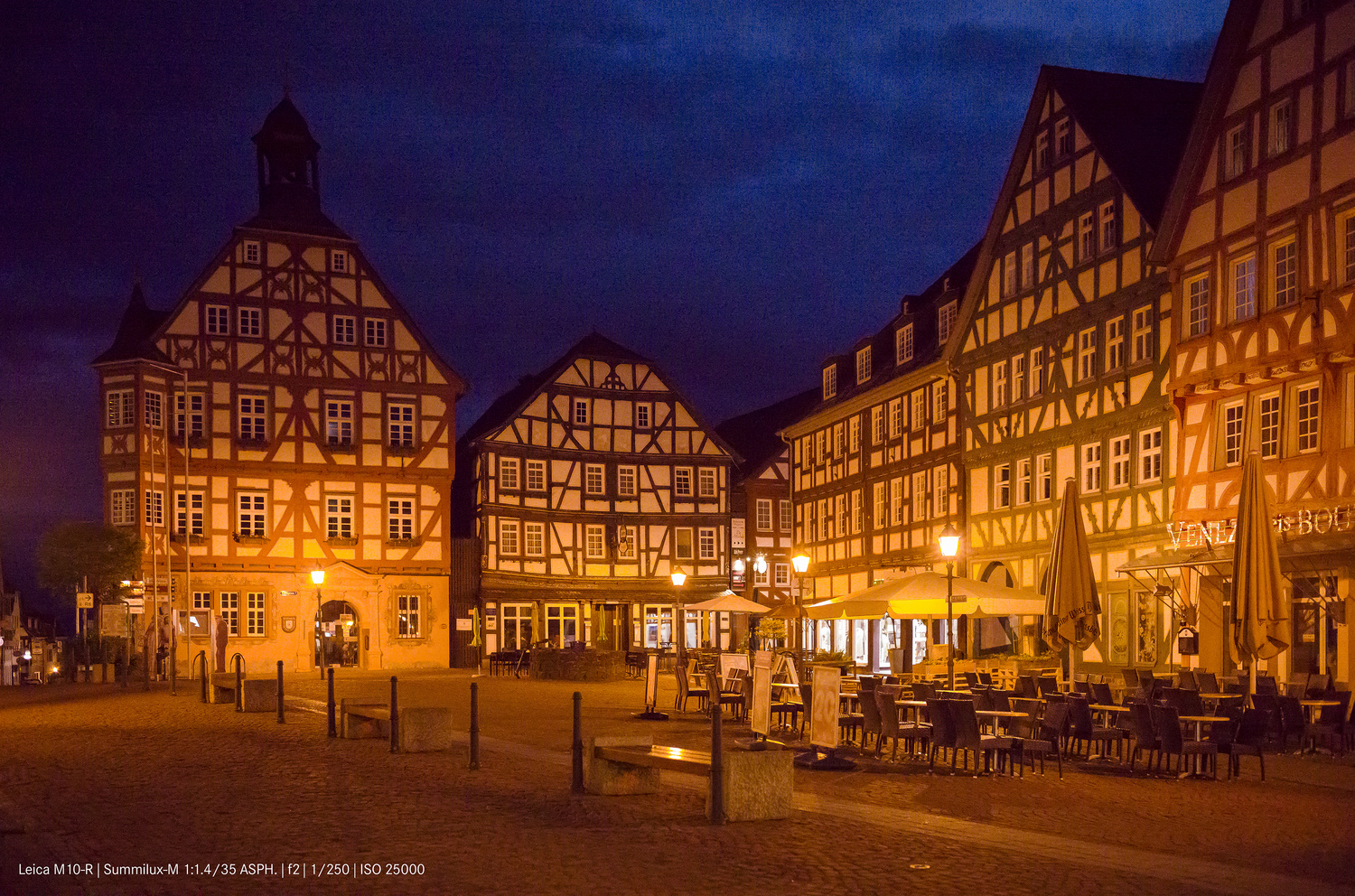Leica has just announced the latest member of the M10 family of cameras in the M10-R. The new M10-R is an upgraded version of the original M10 taking advantage of newer tech as well as some features introduced in later models like the M10-P and M10 Monochrome.
One of the most requested and the biggest update in the new M10-R is its higher resolution 40 megapixel color sensor, which is a big jump up from the M10's 24 megapixel sensor. This is the same sensor at its core that we saw in the recently released M10 Monochrome with the added necessary color filters. Leica is claiming that even though the new sensor is a much higher resolution, you can expect significantly less image noise as well as a wider dynamic range than the previous 24 megapixel sensor.

The higher resolution sensor found in the M10 Monochrome was outstanding, providing an incredible amount of detail, especially when paired with newer M mount lenses like the APO-Summicron-M 50 f/2 ASPH. It's not completely a 1:1 comparison from the Monochrome to the new M10-R but I expect it to also produce a high level of detail. Looking at the demo images supplied and 100% crops it looks to deliver. I've seen plenty of amazing high-res landscape images shot with the Monochrome and a variety of M mount lenses showing that even older Leica M lenses can resolve the 40 megapixel sensor.
The M10-R will also come with the whisper-quiet mechanical shutter that's claimed to be 50% quieter than the original M10 and was 1st released with the M10-P. This was done with a new mounting system that has a rubber-bearing suspension to reduce vibration and noise. Along with a 3" color TFT LCD touch screen for improved menu and settings changes as well as letting you quickly swipe through images and pinch to zoom. The new sensor maintains the original ISO range found on the M10 of 100-50000 and has increased the maximum shutter time to 16mins. Another upgrade passed on from the M10-P is the level line gauge feature which was sadly missing in the original M10.
All Leica cameras have a sleek minimalist design and the M series is the pinnacle of that ideal. It is impressive that they not only manage to, but continue to progress what the camera is capable of while still maintaining the same body, dimensions, and traditional minimal design philosophy. It can seem simple to just add a color package to an existing sensor or upgrade the shutter with a new mechanism, however, to do it within the sleek thin and all-metal construction of the M10 body is impressive. all of this is only reinforced by the fact that most of the M10's construction is hand done by skilled specialists.

Although I'm sure a lot of Leica users will be happy with these upgrades it seems like this camera is especially targeting Leica landscape photographers. The increased dynamic range, longer exposure time, level gauge, and higher resolution sensor are all things that will improve the quality and possibilities of fine art landscape photographers.
The new Leica M10-R will be available at the end of July in Leica stores and dealers for $8,295.00 in black/chrome and silver/chrome finishes.
All images and material provided by Leica





















I suppose it is only a generation behind the D850 and 3 times the price (body only)
As a novice, I've always wondered who these cameras are for. Is the minimalist design really worth the premium? I'm not being overtly negative here, I really want to hear the justification as part of my learning journey.
Shooting with a rangefinder does make you approach photography differently. For some it's the challenge, for others, they get to a point where they can see the benefits of a rangefinder with manual focus lenses over big clumsy dSLRs which rely on AF. Not for everyone, for sure.